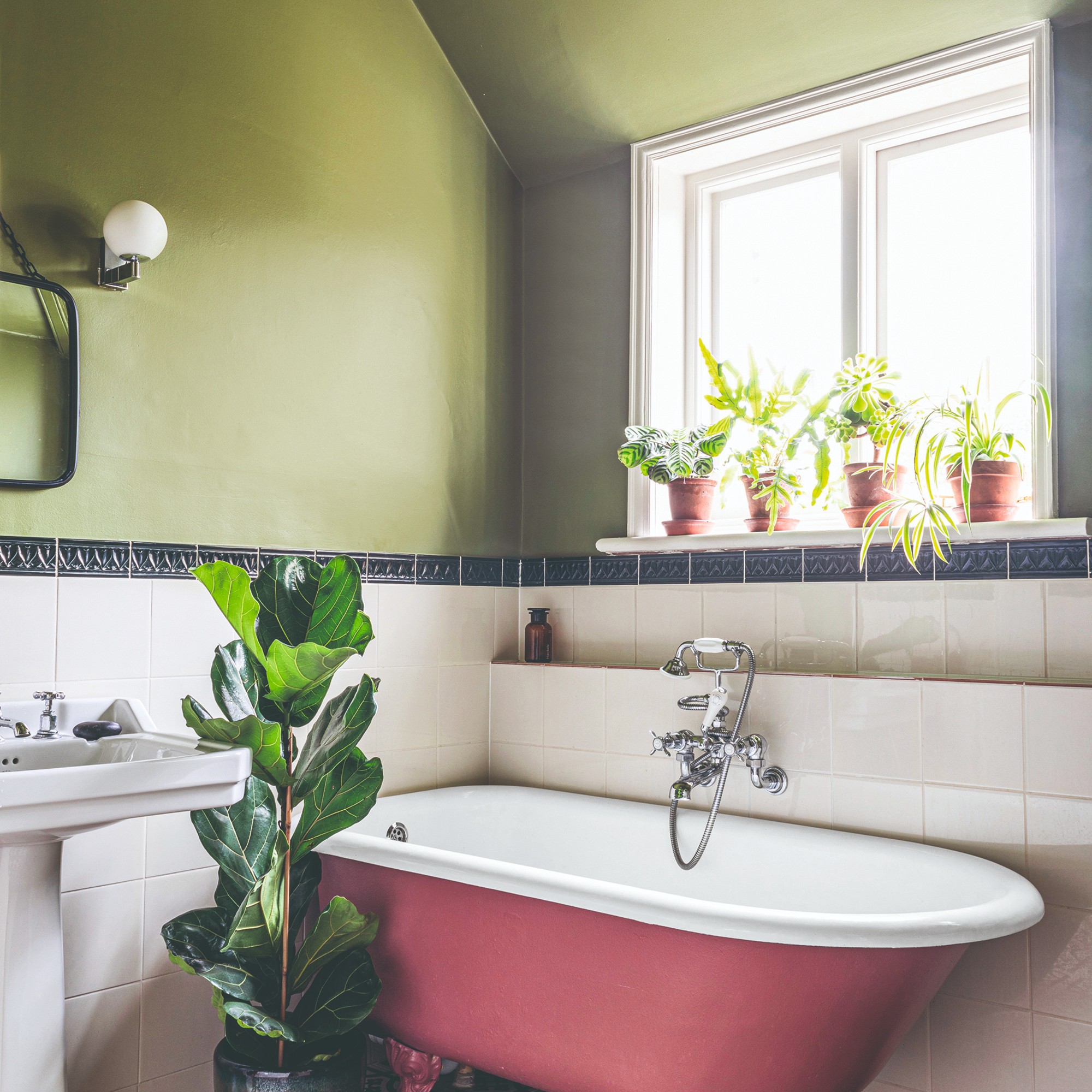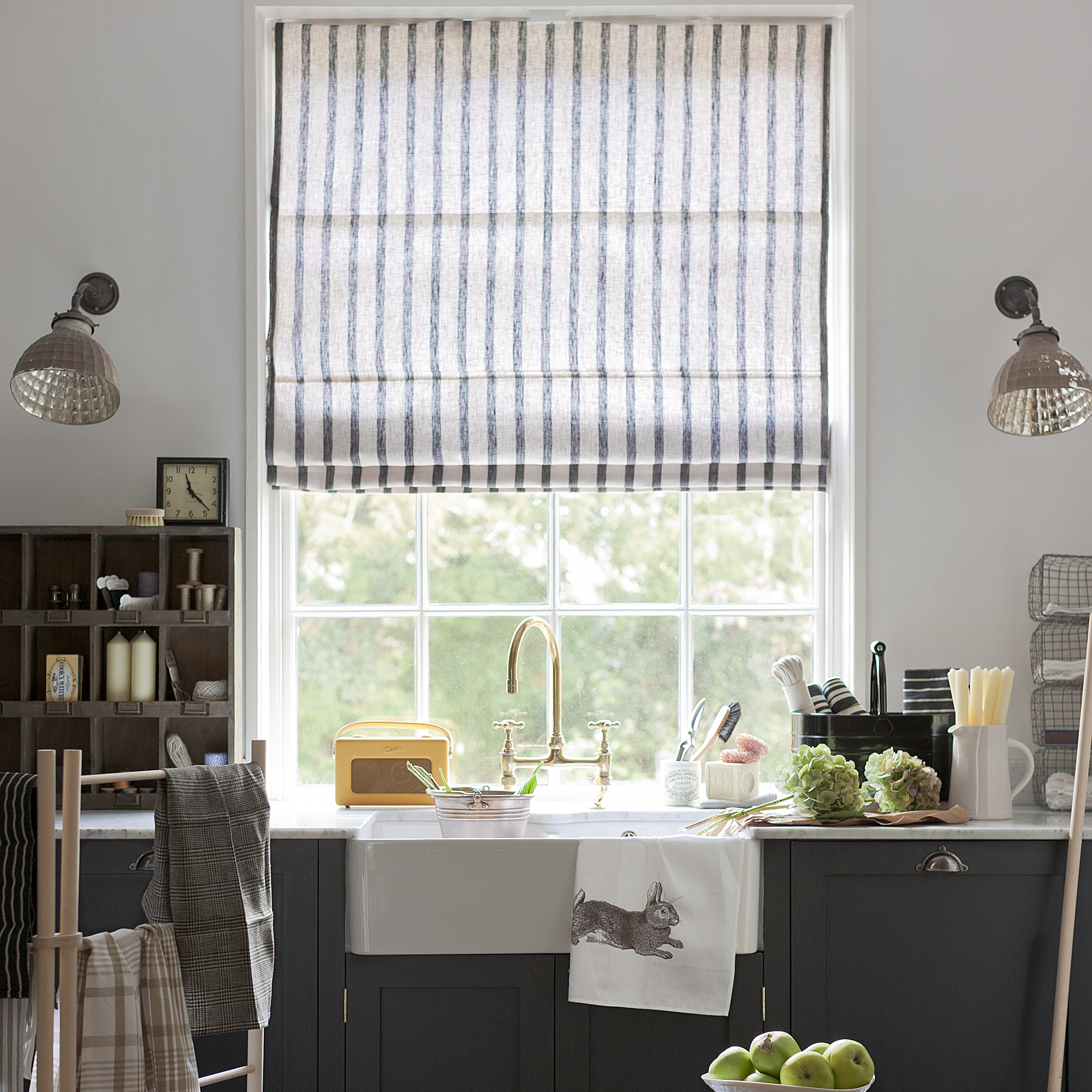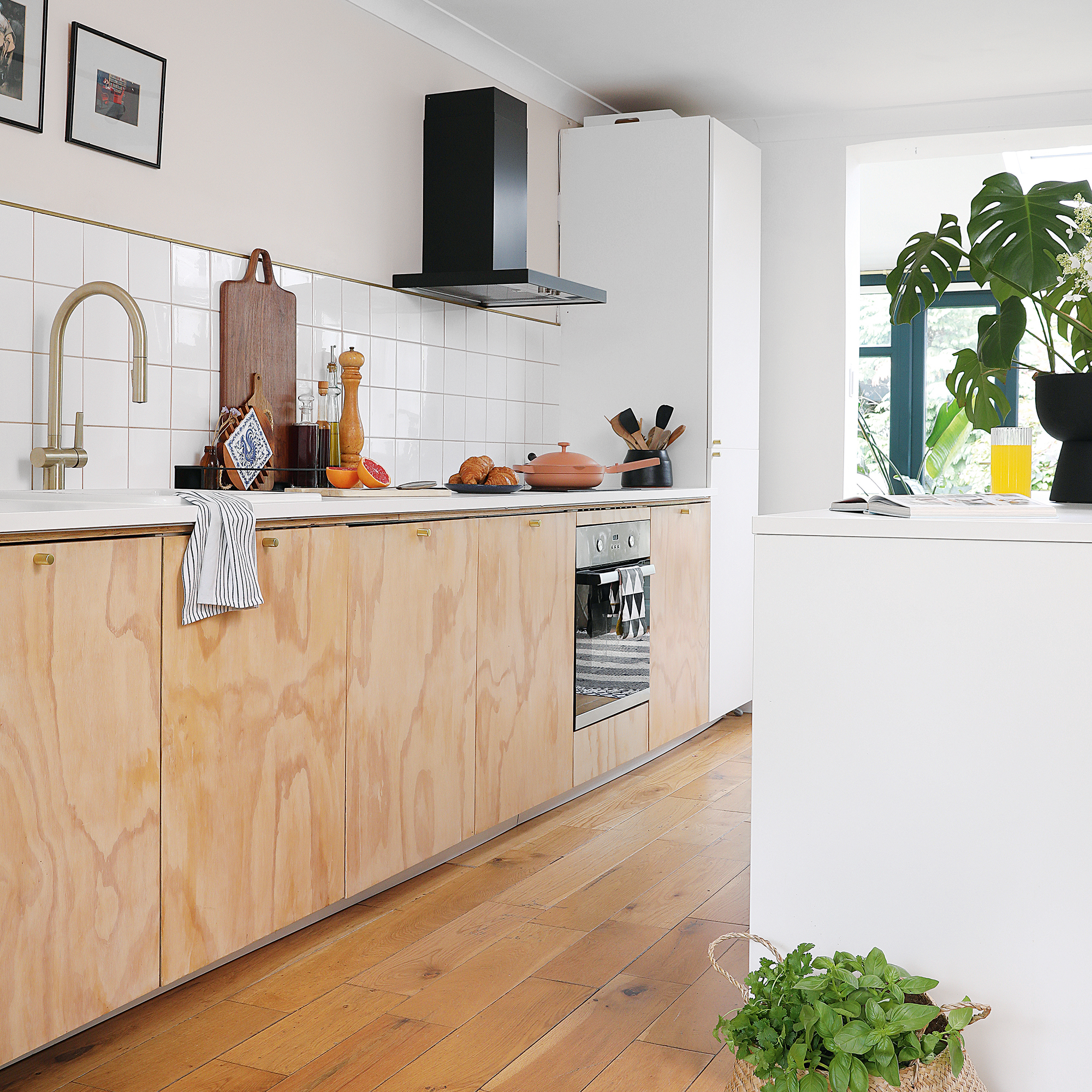Is anti-condensation paint worth it? The experts explain all...
Plus how to prevent dampness, condensation and mould in the first place


EDITOR’S NOTE: An earlier version of this article included a quote from a purported expert whose credentials we have not been able to verify. The quote has been removed. We regret this lapse in our verification process and have updated our internal protocols to reduce the risk of recurrence.
Unfortunately there are areas in our homes that are more prone to condensation and mould, usually those which have more water, like bathrooms, kitchens and utility rooms. However, there are some techniques and tips to prevent either from becoming a problem. For example, have you considered using anti-condensation paint?
If you’ve wondered whether or not anti-condensation paint is worth it, or if this is the first time that you've heard of it, keep reading to find out more, and see if you could get rid of damp using paint alone...
What is anti-condensation paint?

‘Anti-condensation paint is a paint that stops moisture from forming on the surfaces and stops mould before it starts to become a bigger problem,’ explains Sarah Lloyd, paint and interiors specialist at Valspar Paint. It effectively improves the thermal performance of the surfaces, meaning that moisture is less likely to cling to them
'It contains additives that create a layer of insulation to reduce the formation of water droplets on walls, this type of paint is best applied in areas prone to high humidity, such as bathrooms, kitchens, or basements,’ adds Jimmy Englezos, DIY expert at Ronseal.
But is it worth investing in anti-condensation paint? And does it really work? We asked the experts their thoughts and their top tips for preventing condensation and mould before it becomes a problem.
Is anti-condensation paint worth it?

‘It’s important to recognise that not all paints are designed to do the same job. While standard emulsions serve their purpose in many spaces, they can fall short in areas with constant high humidity and moisture levels,' says DIY expert Jamie.This is where anti-condensation and anti-mould paints come into play.'
‘These specialised solutions are tailor-made for places like bathrooms and kitchens, where standard paints may struggle to perform effectively.’
Sign up to our newsletter for style inspiration, real homes, project and garden advice and shopping know-how
Does anti-condensation paint actually work?

What anti-condensation paint is great at is reducing the chances of condensation forming on your walls. But it's important to note that what is doesn't fix is the root cause of any condensation so you need to make sure you're looking at the whole picture, including how you heat and ventilate the area.
It is also ‘important to note that no paint can completely prevent mould growth,’ says Emma Bestley, co-founder of YesColours. So you may want to use this paint alongside one of the best dehumidifers, for best protection.
How to apply anti-condensation paint

‘Some anti-condensation paints let you paint directly onto the problem area whereas others might need a dry surface,’ says Sarah from Valspar. ‘It is always best to check the label. You should also check that the paint you’re using lets you add another layer of emulsion on top.’ There is also a common mistake that you’ll want to avoid when using anti-condensation or anti-mould paint.
‘Some paints are most effective when they act as the topcoat, but that drastically narrows your colour choices. So do your research before you choose your paint,’ she adds.
You also don’t need any special techniques to apply anti-condensation paint. Simply apply it as you would any other paint.
How to prevent condensation and mould in the first place

‘Your best defence against condensation and mould in your home is prevention,’ says DIY expert Jamie. ‘Once mould sets in it can be quite hard to fully get rid of it, particularly if you are unsure of what the root cause is.’
Mould tends to grow best in damp and poorly ventilated areas. But there are a few ways to help combat it.
Because of the changes in temperatures, as well as excess steam and moisture, bathrooms can be a real problem area for mould and condensation. To help prevent both, keep your bathroom windows open to increase circulation, if you can. If your bathroom doesn’t have a window, utilising a bathroom extractor fan is key.
Using a cooker hood or something similar in the kitchen is also recommended to prevent any excess moisture that has been generated while cooking from getting trapped inside the room.
Drying clothes indoors is a common way that moisture can build up. If it isn't possible to dry your clothes outside, make sure you're allowing moisture to escape via an open window, or position a dehumidifier nearby.

There can be other more nefarious causes of mould, dampness and condensation in your home. So, ‘if the above suggestions don’t give you any ideas then it would be worthwhile consulting a professional since it may be a sign of a far more serious underlying problem such as a damaged roof or water leaking from an upstairs bathroom,’ warns Jamie.
If you’ve just painted your bathroom, you also want to allow ‘paints to cure for seven days prior to taking a steamy bath or shower,’ according to Craig & Rose’s interior designer and colour consultant Flora Hogg.

Ellis Cochrane has been a Freelance Contributor for Ideal Home since 2023. Ellis has been writing about homes, interiors and gardens for four years now, with her also contributing to House Beautiful, Country Living, Expert Reviews, Real Homes and Stylist.